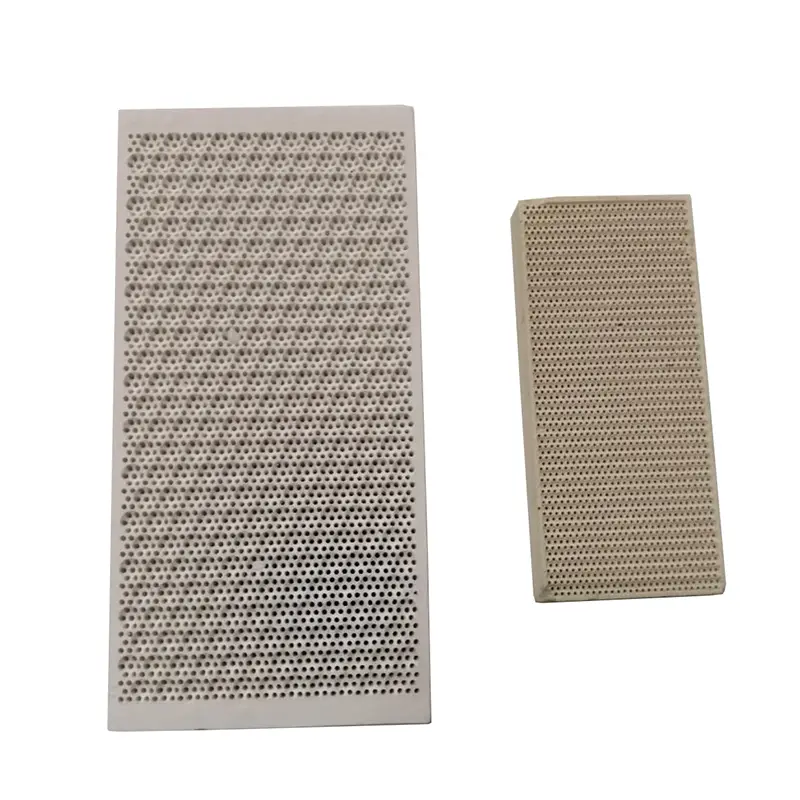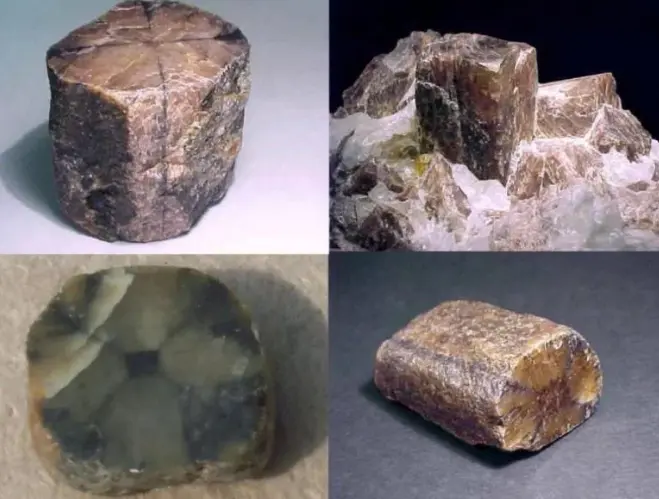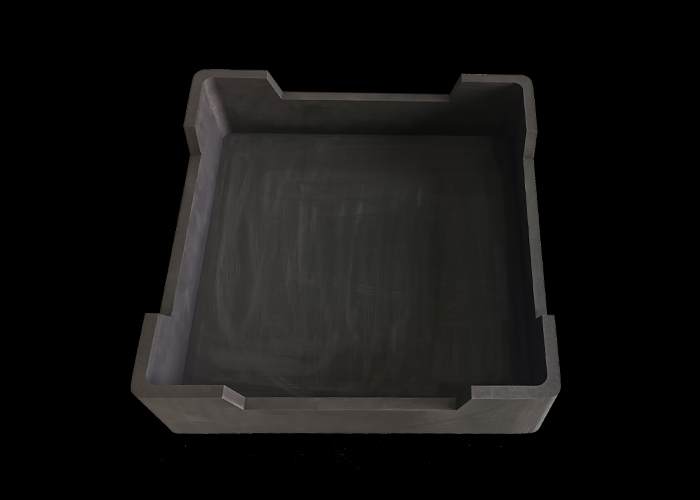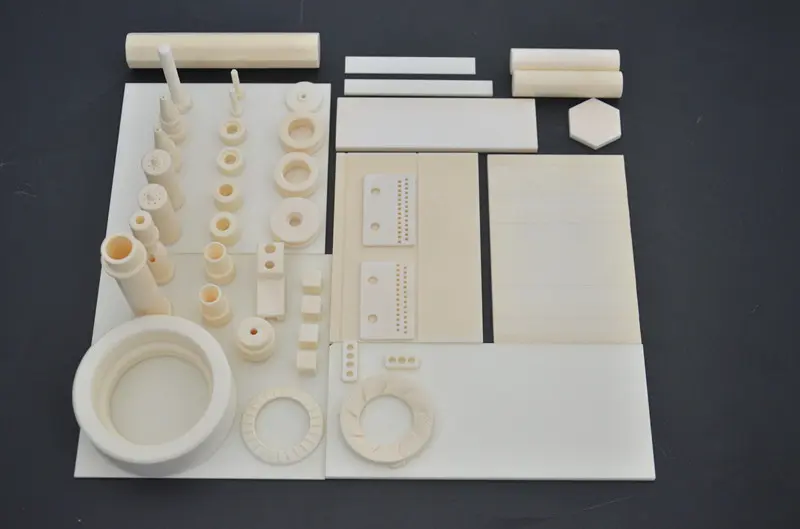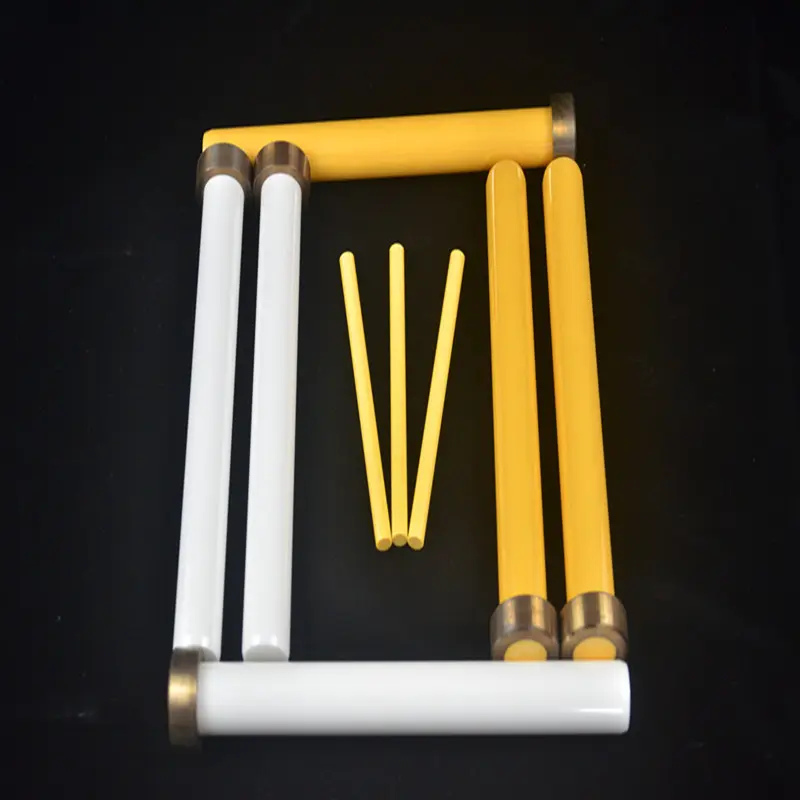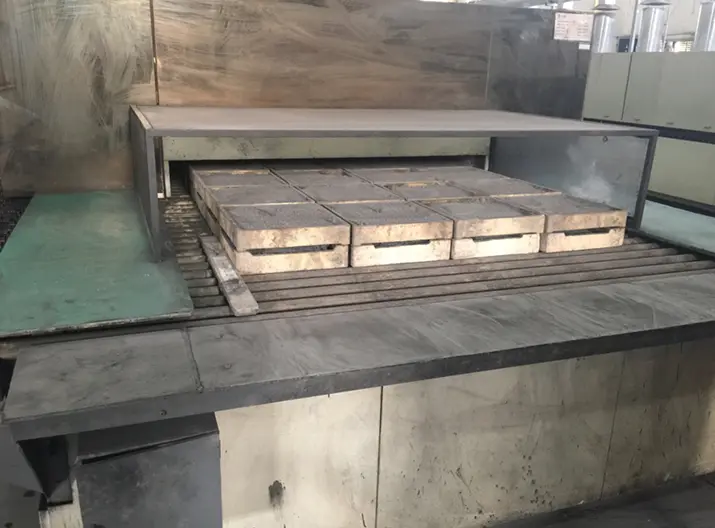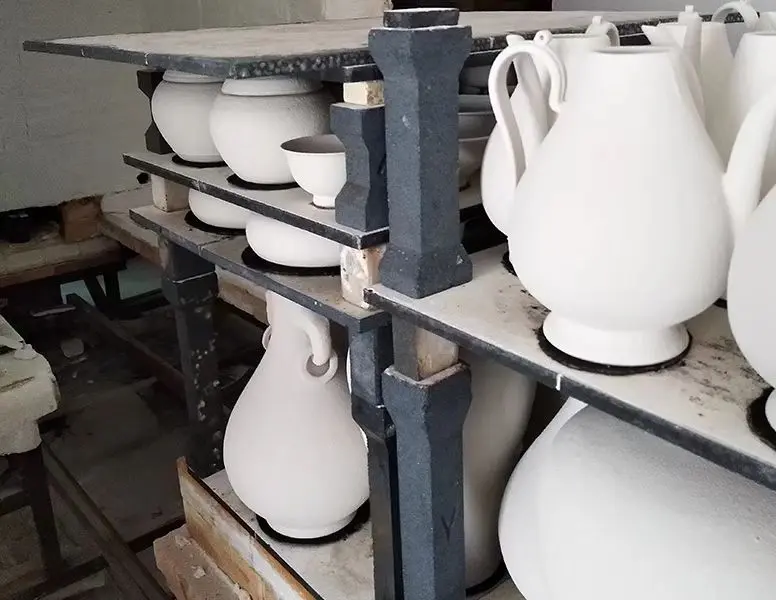What is zirconia ? What is zirconia used for ?
Zirconia products are characterised by good mechanical properties and stability at high temperatures, strong thermal and corrosion resistance, chemical inertness and consistent quality. This makes them ideal for use in a wide range of refractory products, ceramic colours and pigments and electronic applications.
Other applications include friction materials, welding rods and zirconium metal and alloys. Advanced zirconia ceramics have excellent biocompatibility ensuring zirconia has replaced alumina as the material of choice for prosthesis devices such as hip joints or femoral ball heads. It has superior strength and hardness, wear resistance, stability, resistance to scratching and biocompatibility with the human body. One of zirconia’s other most common uses is within dental implants.
Cubic zirconia is one of the most well-known forms of zirconia. Commonly known as a synthetic diamond, it has become popular as a gemstone due to its optically clear single crystals and high refractive index, as well as its ability to maintain its colour and brilliance.
How is zirconia created?
Zirconia, also known as zirconium dioxide (Zr02), is found in its most natural form in the mineral baddeleyite. But it can also be chemically derived from zircon. It is the most commercially important oxide formed by zircon.
The methods used to obtain zirconia from zircon, although distinct from each other, have three common features:
They all involve the decomposition of zircon by chemical, thermal or mechanical means
All products obtained from zircon decomposition are subsequently treated by solubility differentiation
They all involve the isolation of zirconium compounds from residual impurities.
How is zirconia produced?
The principal methods for commercial production of zirconia include:
Thermal dissociation / calcination
Decomposition by fusion with
Sodium hydroxide
Sodium carbonate
Calcium oxide and magnesium oxide
Potassium fluorosilicate
Calcium carbonate (or lime)
Chlorination
Carbiding
Fused zirconia (zirconium oxide) is produced through the reduction and fusion of zircon sand (zirconium silicate). Zircon is mixed with coke and heated to its fusion point (in excess of 2,800 ̊C) in an electric arc furnace where it dissociates to zirconium oxide and fumed silica.


